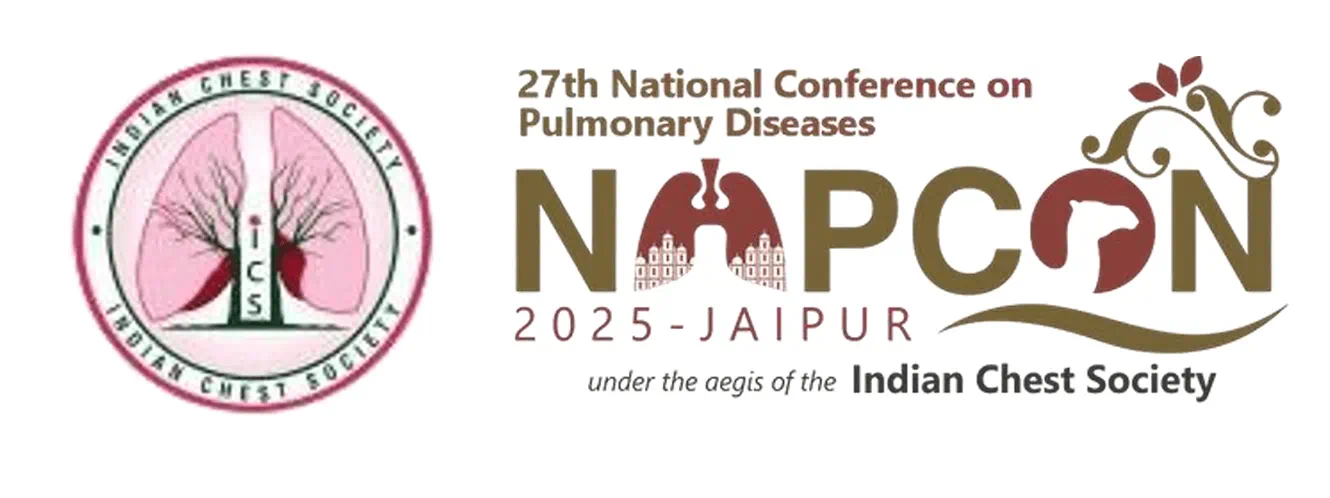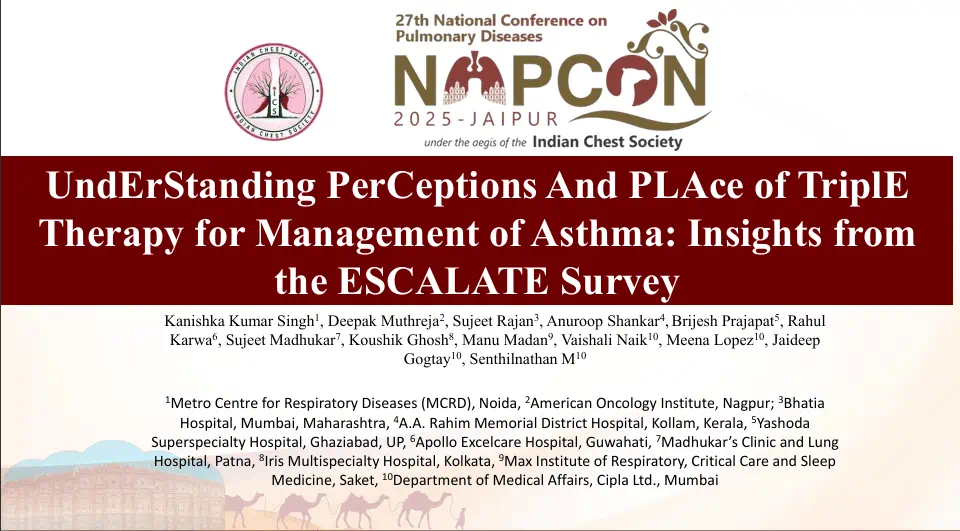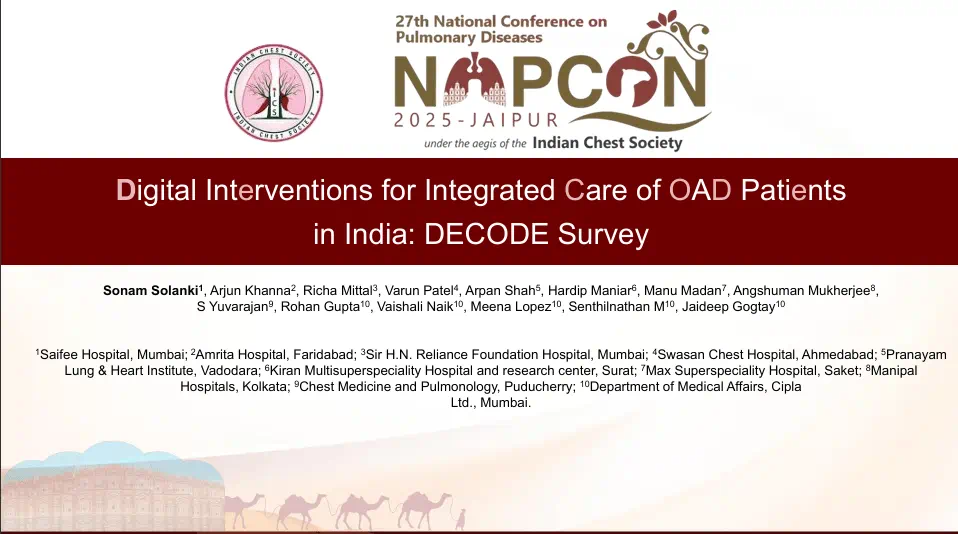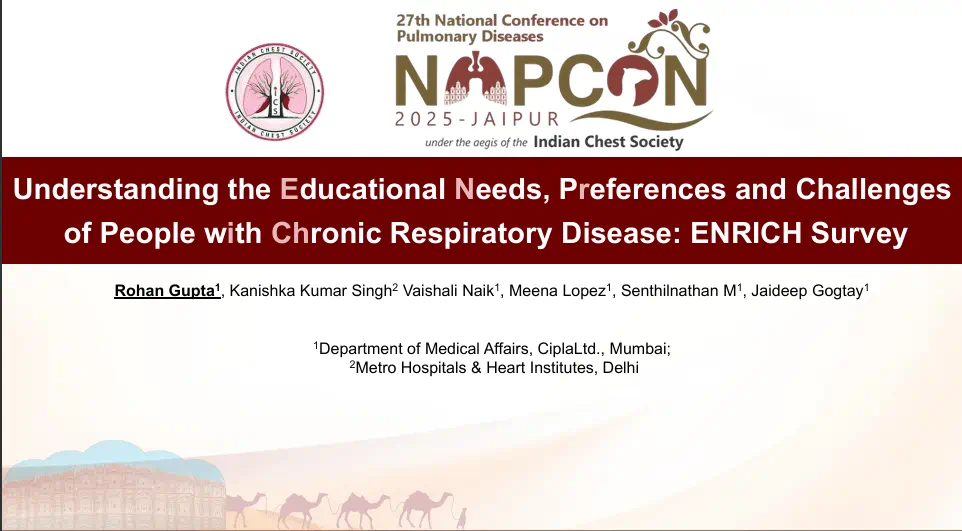Effect of ARB Telmisartan on CV Events in High-risk Patients Intolerant to ACE Inhibitors
27 May, 24
Introduction
Angiotensin-converting enzyme (ACE) inhibitors are known to reduce major cardiovascular (CV) events in patients with cardiovascular disease (CVD) or high-risk diabetes. However nearly 20% patients, particularly women and Asians, do not tolerate ACE inhibitors well. Angiotensin-receptor blockers (ARBs) are similar in efficacy and are better tolerated than ACE inhibitors.
Aim
The Telmisartan Randomised AssessmeNt Study in ACE iNtolerant subjects with cardiovascular Disease (TRANSCEND) determined the efficacy of the ARB telmisartan in ACE inhibitor intolerant patients with CVD or diabetes with end-organ.
Patient Profile
- Patients who were intolerant to ACE inhibitors and had established coronary artery, peripheral vascular or cerebrovascular disease, or diabetes with end-organ damage (n=5926).
Methods
Study Design
- Randomized-controlled trial.
Treatment Strategy
- Following a 3-week run-in period, patients were randomized to receive telmisartan 80 mg/day (n=2954) or placebo (n=2972).
Outcomes
Primary Outcome
- A composite of CV death, myocardial infarction (MI), stroke, or hospitalization for heart failure (HF).
Secondary Outcomes
- The composite outcome of CV death, MI, or stroke
- New HF, development of diabetes mellitus, atrial fibrillation, cognitive decline or dementia, nephropathy, and revascularization.
Results
- The median duration of follow-up was 56 months. At the end of the run-in period, 874 (29.6%) patients randomized to telmisartan and 899 (30.2%) to placebo were receiving, or had previously received, an ARB.
- The most common reason for intolerance to ACE inhibitors was cough (88.2%), followed by symptomatic hypotension (4.1%), angio-oedema or anaphylaxis (1.3%), renal dysfunction (1%), and other reasons (8.3%).
- The mean blood pressure was lower for patients treated with telmisartan vs. placebo at 6 weeks (6.2/3.6 mmHg), at 1 year (4.7/2.4 mmHg), at 2 years (4.2/2.3 mmHg) and at the end of the study period (3.2/1.3 mmHg).
- The primary outcome occurred in fewer patients treated with telmisartan vs. placebo [15.7% vs. 17%; hazard ratio (HR): 0·92, 95% confidence interval (CI) 0·81–1·05, p=0·216) (Fig. 1).
- There was a significant 13% reduction in the risk of composite of CV death, MI, or stroke in telmisartan-treated patients (13·0% vs.14.8%; HR: 0.87; 95% CI: 0·76–1·00; p=0·068) (Fig.1).
Fig.1: Incidence of primary outcome in the study groups
- Hospitalization for a CV reason occurred in 30.3% & 33% patients treated with telmisartan and placebo, respectively (relative risk: 0·92; 95% CI: 0·85–0·99; p=0·025).
- Permanent discontinuation of the study medication was lesser in the telmisartan group vs. the placebo group (21·6% vs. 23·8%; p=0·055); the most common reason for permanent discontinuation being hypotensive symptoms (0·98% in the telmisartan group vs. 0·54% in the placebo group).
Conclusions
- Telmisartan was well tolerated in patients who were intolerant to ACE inhibitors.
- Telmisartan had no significant impact on the primary outcome of the study (HF hospitalizations), but it modestly reduced the risk of the composite outcome of CV death, MI, or stroke.
- Telmisartan could be regarded as a potential treatment for patients with vascular disease or high-risk diabetes who are intolerant to ACE inhibitors.
Lancet 2008; 372: 1174–83.









